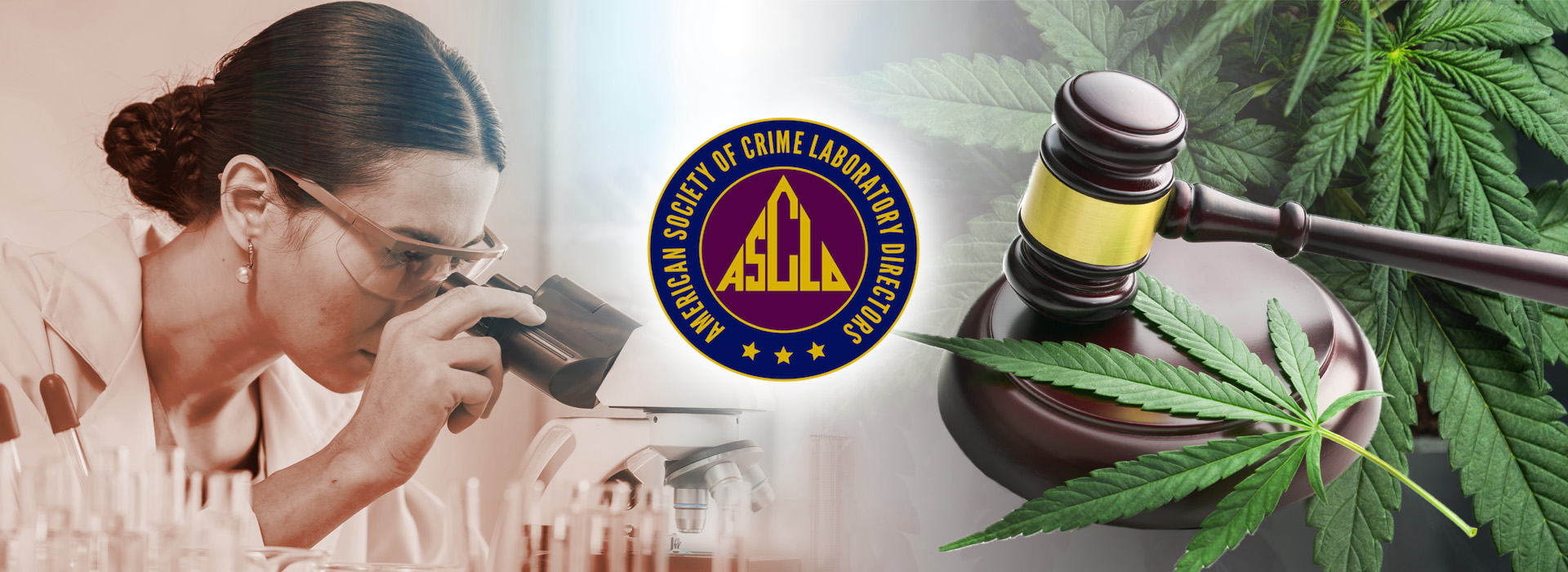← Back to ASCLD Train the Director Series
This webinar originally occurred on April 5, 2022
Duration: 1 hour
Overview
The decriminalization of hemp and legalization of marijuana is not a new topic across the United States. With 37 states allowing marijuana for medicinal use and 18 states allowing it for recreational use, it is no wonder why many laboratories have seen a shift in their analytical approach.
In the year 2016, House Bill 523 was signed which would allow medical marijuana to be used within the state of Ohio. It is still illegal to use marijuana recreationally; however, an initiative created to legalize marijuana may come to fruition in 2022.
In the state of Colorado, medical marijuana was passed by the voters in the year 2000, and Amendment 64 soon followed in 2012 which allowed for the use of recreational marijuana. Amendment 64 also included provisions for industrial hemp.
When the 2018 Farm Bill was enacted, many states rushed to make changes to their own laws to allow the hemp industry to grow and thrive in their jurisdictions. By removing hemp from the Controlled Substances Act, Cannabis sativa L. plant material with a concentration of Δ-9-tetrahydrocannabinol less than 0.3% on a dry weight basis was no longer considered marijuana. This allowed for a major shift in how the Ohio Bureau of Criminal Investigation (BCI) and the Colorado Bureau of Investigation (CBI) approached the analysis of cannabis to differentiate between marijuana and industrial hemp.
For hemp to be differentiated from marijuana, the analytical scheme for suspected marijuana needed to add an assessment or measurement of the Δ-9-tetrahydrocannabinol concentration. Currently, the Ohio BCI is capable of quantifying cannabis and related products using LC-UV-MS, while the CBI is capable of quantifying cannabis plant material only using HPLC-UV-DAD.
Laboratory representatives from Colorado and Ohio will discuss the impact of legalization of marijuana and hemp in their respective jurisdictions; one view of 10 years impacted and the other view of anticipated impact. The shifts in the analytical approach with the training of analysts, costs and instrumental validations, procedures, and reporting will also be discussed.
Detailed Learning Objectives
- Attendees will recognize the current challenges that are faced between a veteran state and a state in the process of legalization of marijuana and hemp.
- Attendees will understand how the 2018 Farm Bill changed the approach of analysis and reporting of plant material.
- Attendees will consider the legal impact of marijuana and hemp on laboratories, investigators, and prosecutors.
Presenters
- Melissa Colmenero | Laboratory Manager, Pueblo Forensic Science Laboratory, Colorado Bureau of Investigation, Pueblo, Colorado
- Barbara Hoover | Laboratory Supervisor, Richfield Laboratory, Ohio Bureau of Criminal Investigation, Richfield, Ohio
Funding for this Forensic Technology Center of Excellence webinar has been provided by the National Institute of Justice, Office of Justice Programs, U.S. Department of Justice.
The opinions, findings, and conclusions or recommendations expressed in this webinar are those of the presenter(s) and do not necessarily reflect those of the U.S. Department of Justice.
Contact us at ForensicCOE@rti.org with any questions and subscribe to our newsletter for notifications.




